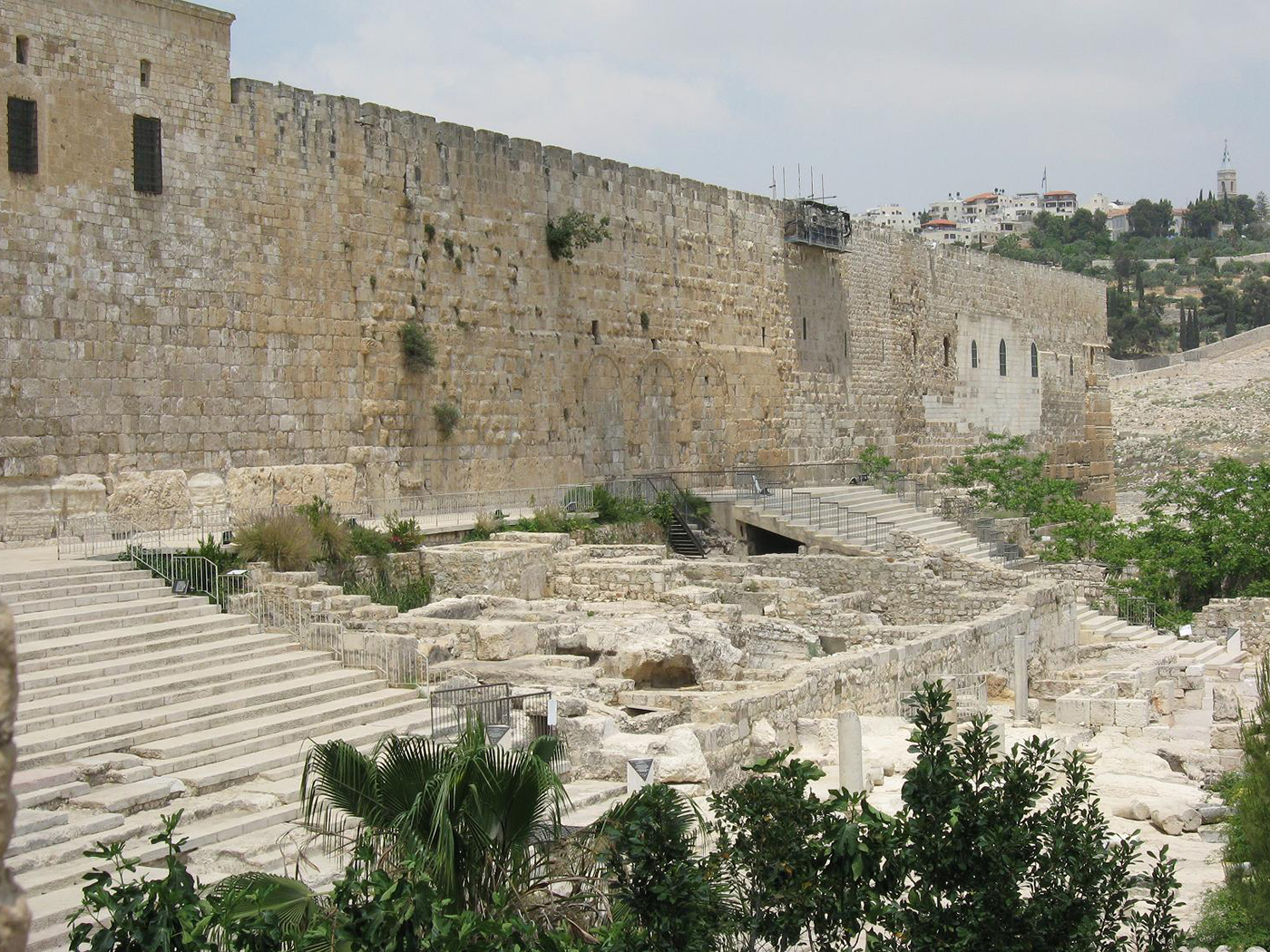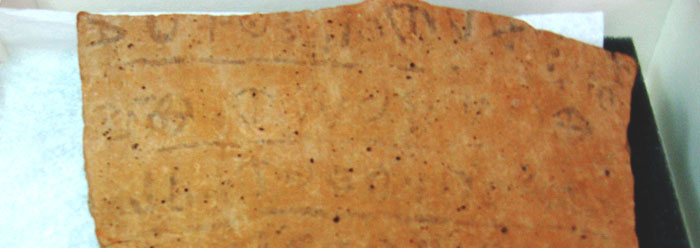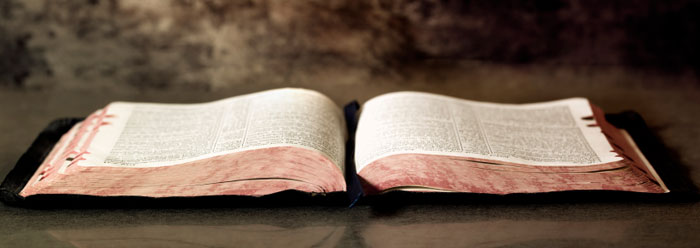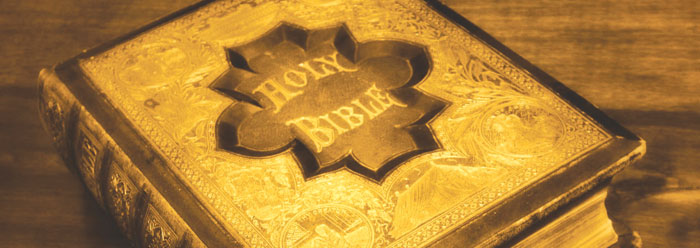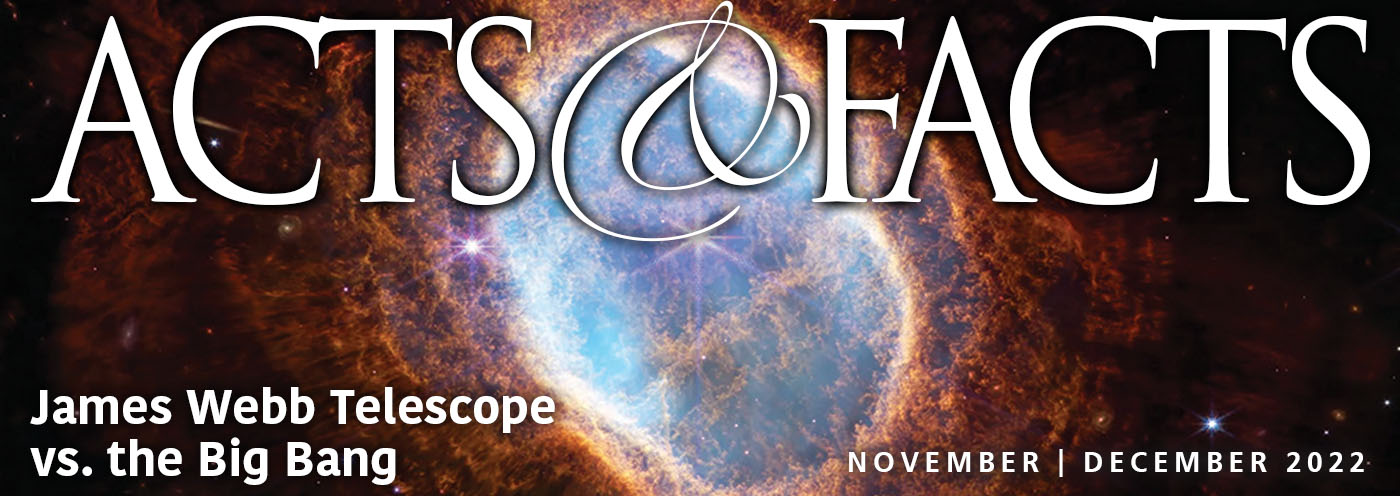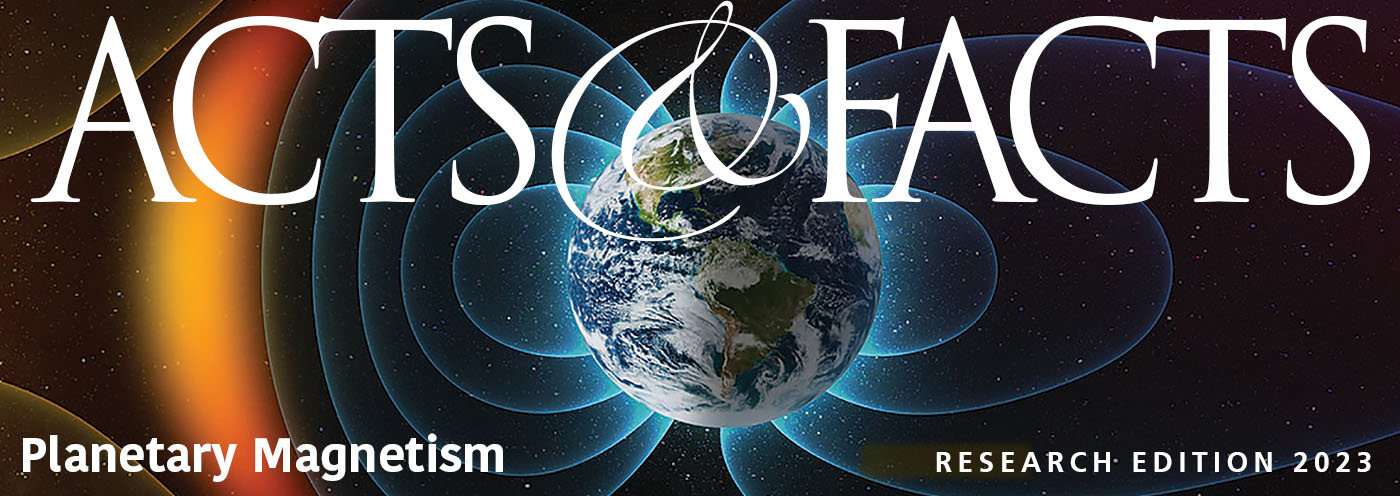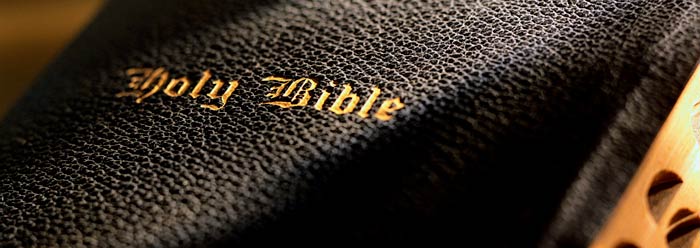
The Manuscripts
There is more evidence for the Bible’s authenticity than for any literature of antiquity. Textual analysis begins with historical investigation, beginning with the latest documents and working backward. As evidence develops, the data is evaluated against other sources. The record is then checked for consistency of information, and the claims are analyzed as if it were a legal case, looking for credible testimony with cross-examination. There is an enormous amount of evidence for authenticity of the biblical manuscripts.
The New Testament was written in first century A.D. There are some 25,000 early manuscripts in existence, almost 6,000 of which (many being only recognizable fragments) are Greek texts and the others being early translations of the Greek New Testament. The earliest textual evidence we have was copied not long after the original. In contrast:
- Caesar’s Gallic Wars was written in the first century B.C. There are only 10 manuscripts in existence. The earliest textual evidence we have was copied 1,000 years after the original.
- Aristotle’s Poetics was written in the fourth century B.C. There are only 5 manuscripts in existence. The earliest textual evidence we have was copied 1,400 years after the original.
There are many more writings of the Church Fathers quoting sections of Scripture; we could reconstruct the entire New Testament from their writings alone. There were millions of man-hours spent in cross-checking the manuscripts. There remains only 1 percent of all New Testament words about which questions still exist; no questionable passage contradicts any Bible teaching.
The Old Testament has been more accurately transmitted to us than any other ancient writing of comparable age. The textual evidence is greater for both the Old and New Testaments than any other historically reliable ancient document. The ancient scribes were very meticulous. There were only 1,200 variant readings in A.D. 500.
The Masorites produced an official text in A.D. 500. There are other versions that confirm the accuracy of the Masoritic Text.
- Samaritan Pentateuch: 400 B.C.
- Septuagint Greek: 280 B.C.
- Dead Sea Scrolls: 0 A.D.
- Latin Vulgate: 400 A.D.
The quotations from pre-Christian writing confirm the text. The New Testament accepts the Old Testament as authentic, confirming the traditional authors, quoting from at least 320 different passages, and confirming the supernatural events cited in the Old Testament.




